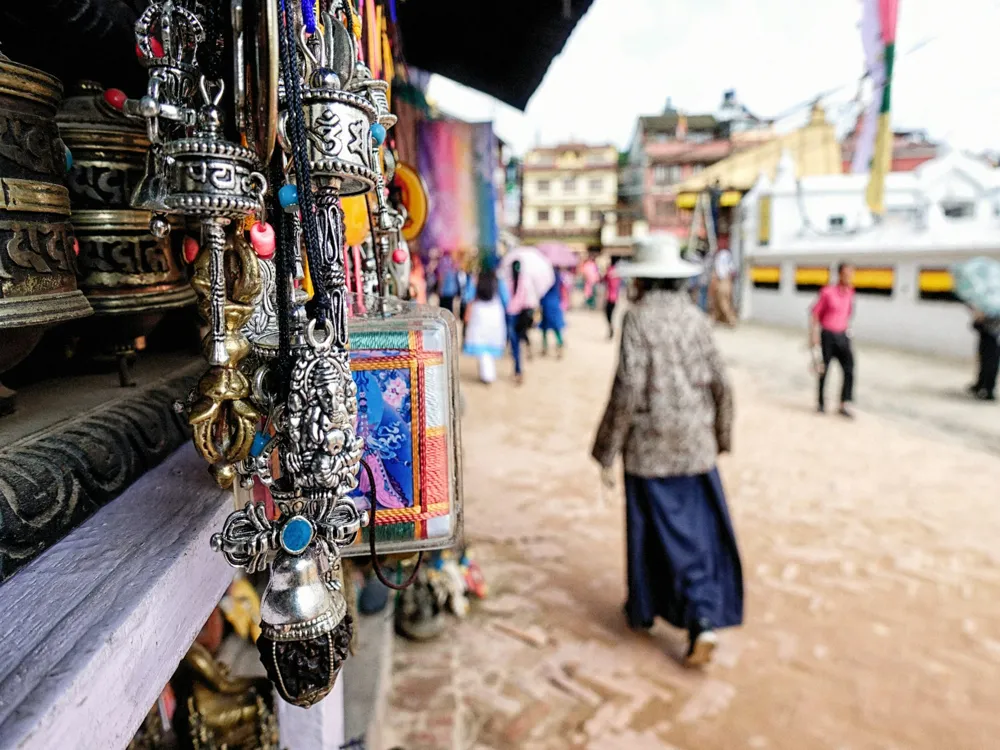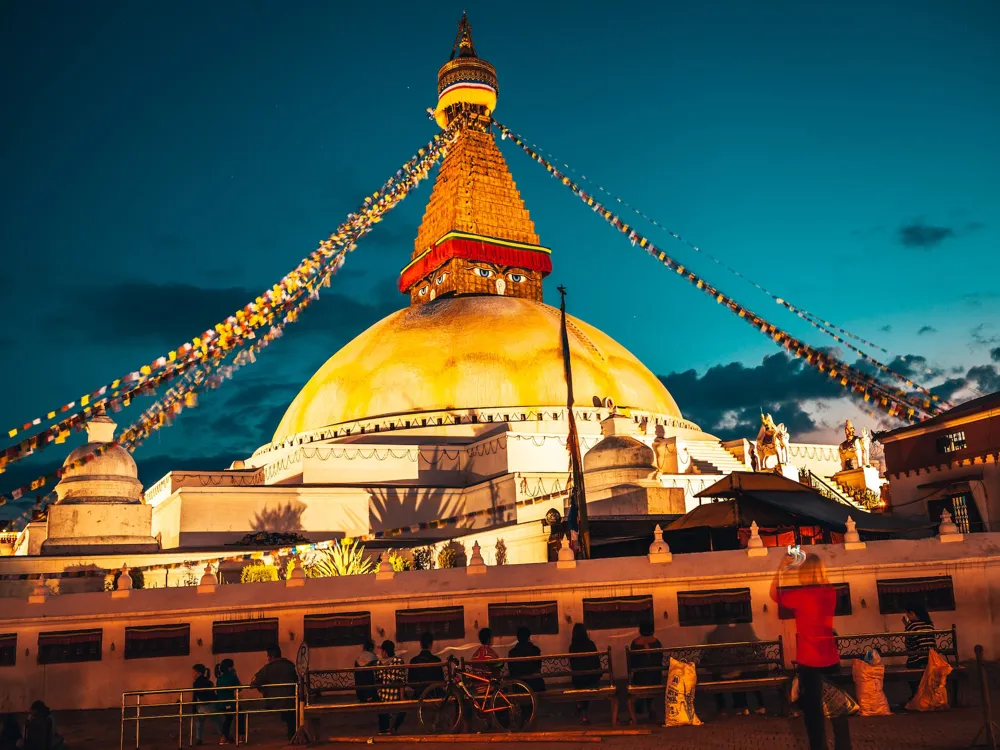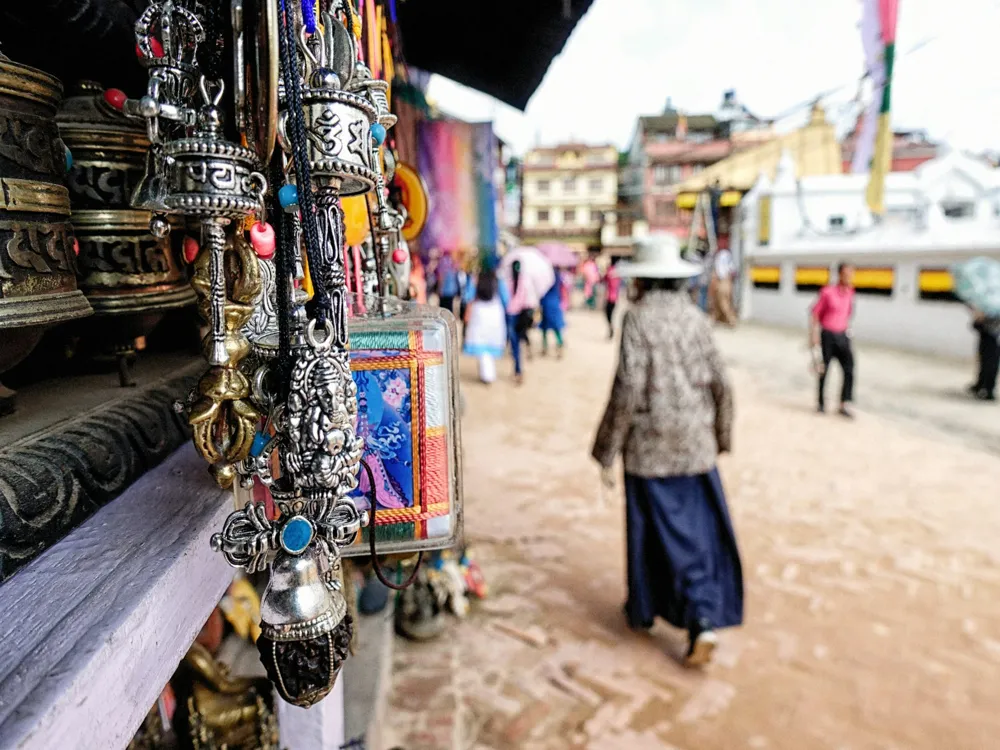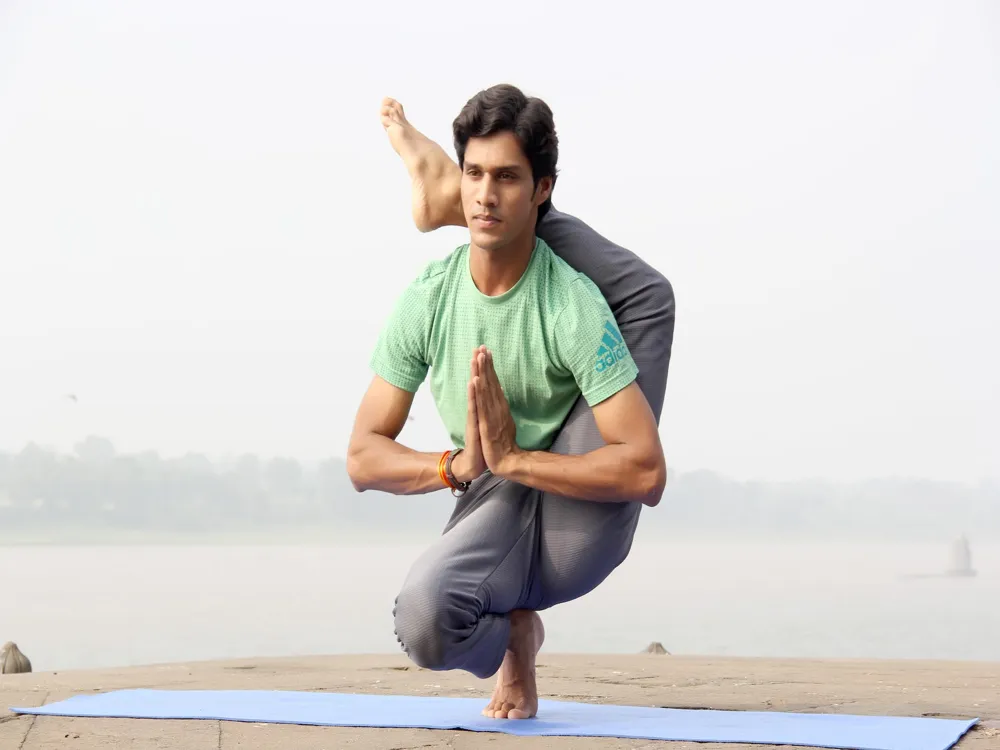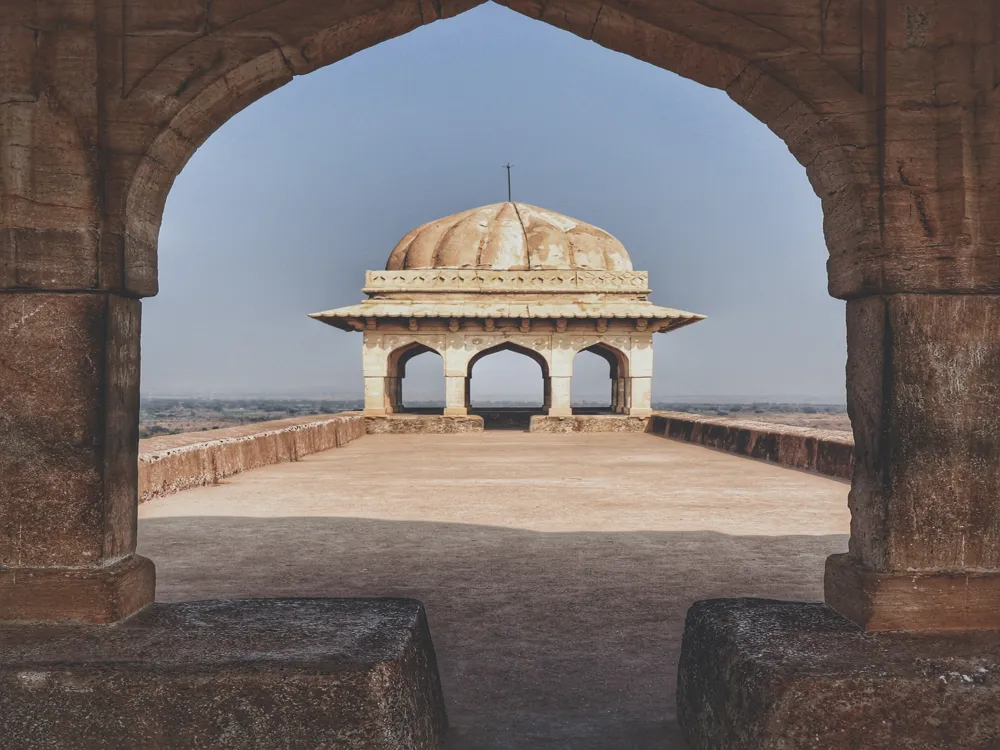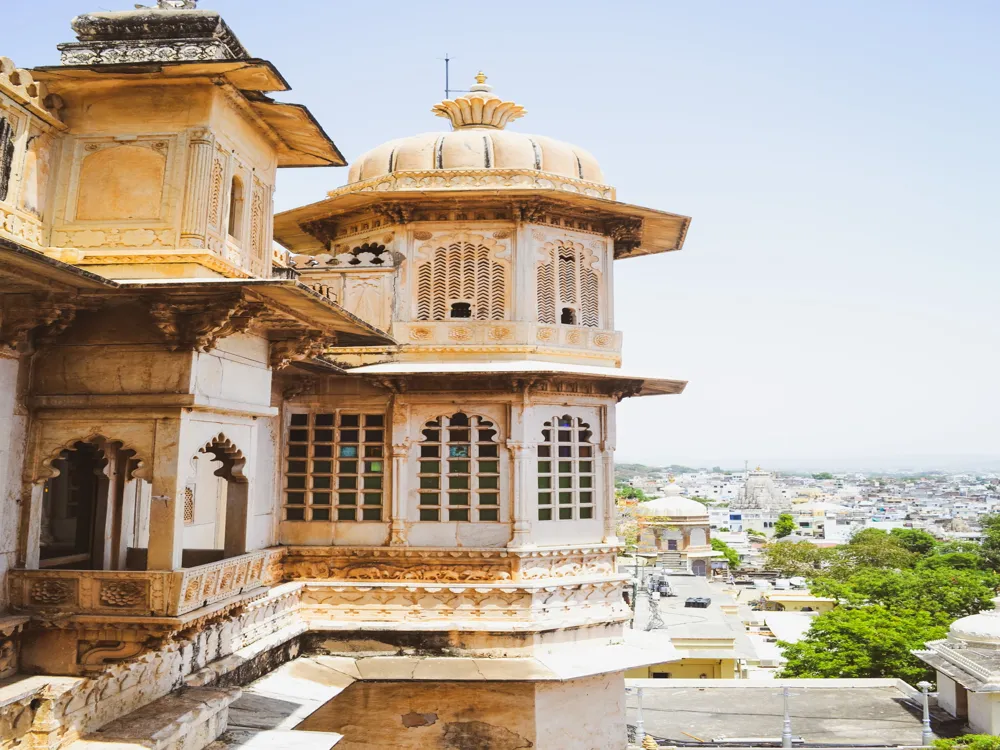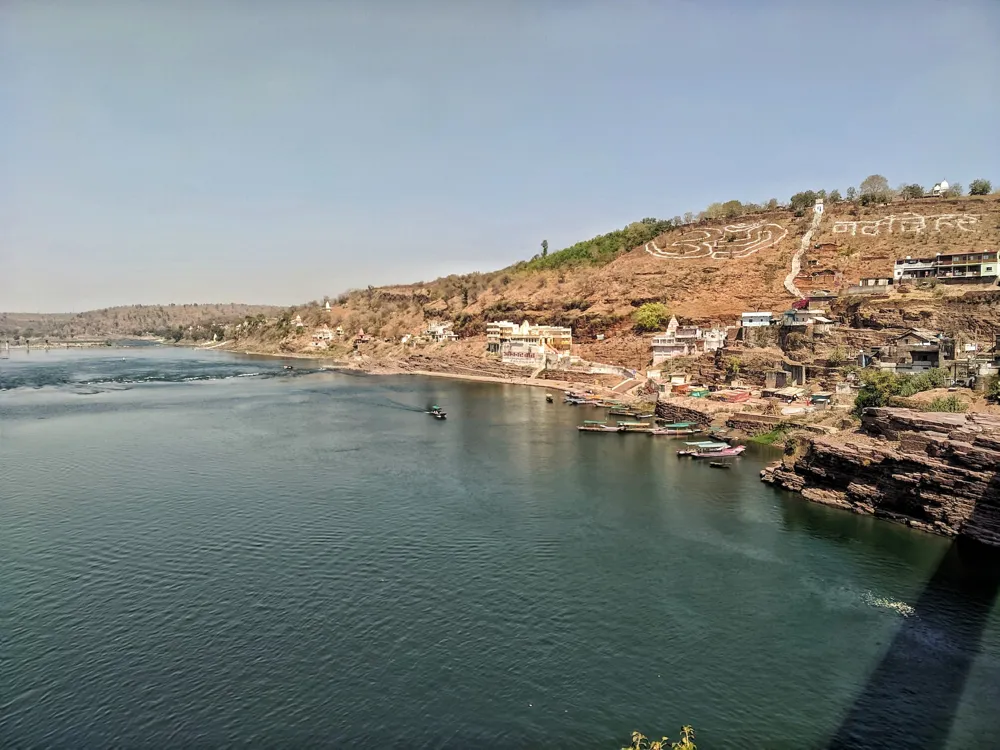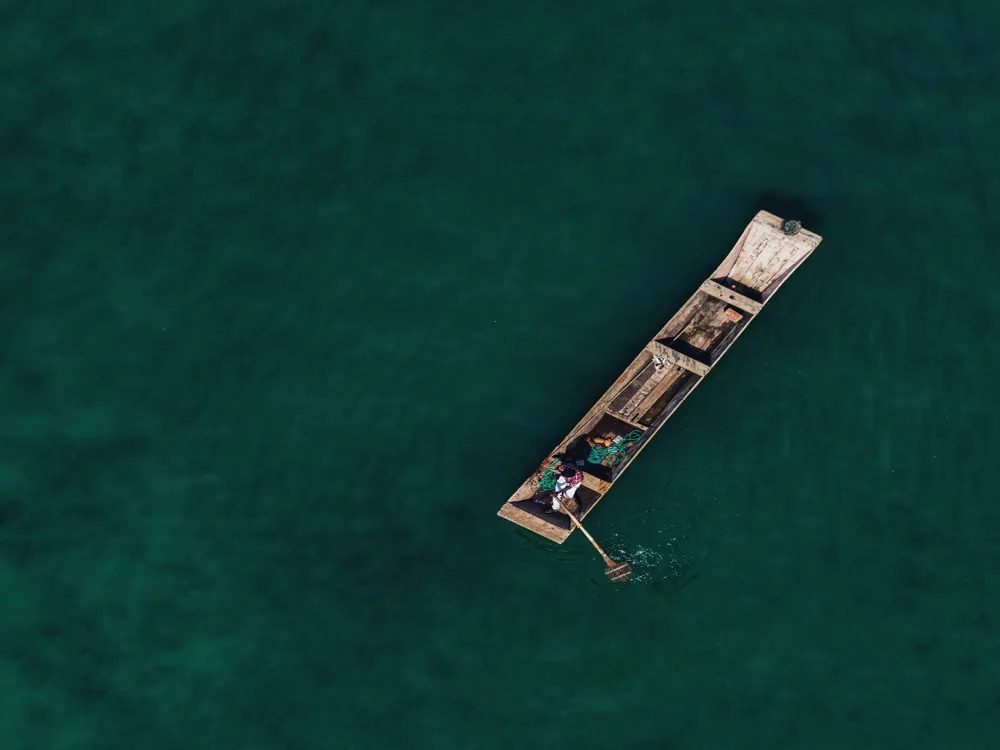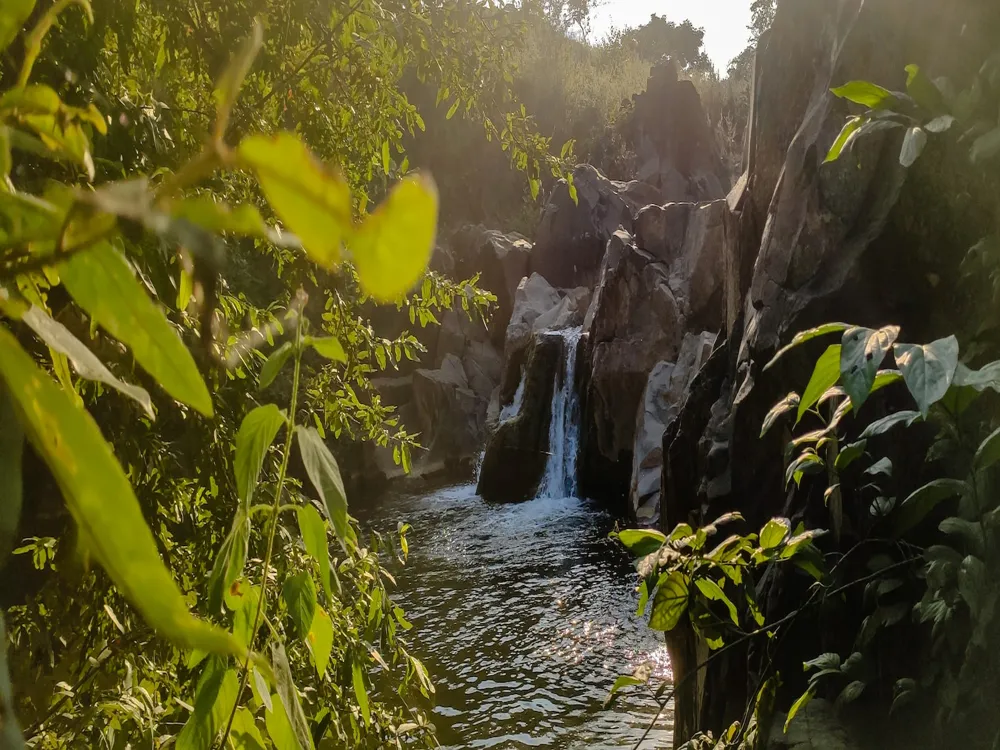Nestled in the majestic foothills of the Kathmandu Valley, Dakshinkali Temple stands as a remarkable symbol of spiritual significance and cultural heritage. This revered Hindu shrine, dedicated to the goddess Kali, attracts thousands of devotees and tourists annually, drawn by its unique blend of spirituality, history, and natural beauty. The temple's location, amidst lush greenery and serene landscapes, provides a tranquil escape from the bustling city life of Kathmandu, making it a must-visit destination for anyone seeking a deeper understanding of Nepalese culture and Hindu traditions. The origin of Dakshinkali Temple dates back centuries and is shrouded in fascinating myths and legends. According to popular belief, the temple was built in response to a divine dream. It is said that the Malla King of Kathmandu, upon receiving instructions in a dream, constructed this temple to appease Goddess Kali. Over the years, Dakshinkali has evolved not just as a place of religious importance but also as a symbol of the intricate relationship between deities and devotees in Hindu culture. The temple's architecture and setting further enhance its mystique, making it a captivating site for both spiritual seekers and history enthusiasts. The temple is particularly famous for its traditional rituals, especially during the Dashain festival, where animal sacrifices are made to honor the goddess. This practice, while controversial, is deeply rooted in the local traditions and reflects the powerful influence of the goddess Kali in the religious consciousness of the Nepalese people. Visitors to Dakshinkali Temple are thus presented with a unique glimpse into the vibrancy and depth of Hindu rituals and ceremonies. Beyond its religious significance, Dakshinkali Temple also offers an exceptional experience of natural beauty and serenity. The journey to the temple, through the rustic countryside and along the banks of the sacred Bagmati River, is in itself a soothing and reflective experience. The temple's surrounding area, rich in flora and fauna, provides a serene backdrop, making it an ideal spot for meditation, photography, and absorbing the tranquility of nature. In essence, Dakshinkali Temple is not just a place of worship but a sanctuary where culture, nature, and spirituality intertwine harmoniously. The architecture of Dakshinkali Temple is a splendid example of traditional Nepalese temple design, reflecting the rich cultural and historical heritage of the region. Built in the classic tiered style, common to many Hindu temples in Nepal, the structure of Dakshinkali is both intricate and symbolic. The temple, predominantly constructed from brick and wood, stands as a testament to the architectural skills and artistic vision of the Nepalese craftsmen of the past centuries. One of the most striking features of Dakshinkali Temple is its beautifully carved wooden struts and pagoda-style roof. These elements are not just aesthetic but also hold deep religious symbolism, representing various aspects of Hindu mythology and the goddess Kali. The carvings often depict stories from ancient scriptures, bringing to life the rich tapestry of Hindu lore and legend. The temple's interior is equally mesmerizing, with its dark, mysterious ambiance invoking a sense of reverence and awe. The sanctum, where the idol of Goddess Kali resides, is a focal point of spiritual energy. Here, the intricate carvings and detailed artwork continue, creating an immersive atmosphere that transports visitors to a different realm, one that is deeply rooted in spirituality and religious devotion. Surrounding the main temple are several smaller shrines and structures, each adding to the complex's overall spiritual and architectural significance. These ancillary shrines, dedicated to various deities, provide a broader perspective of Hindu worship and its diverse pantheon. The integration of these shrines into the temple complex also reflects the inclusive nature of Hinduism, accommodating a multitude of beliefs and practices within its fold. Moreover, the temple's location plays a significant role in its design. Set against a backdrop of lush hills and beside a flowing river, the natural setting is skillfully incorporated into the temple's architecture. This harmonious blend of nature and structure is a hallmark of Nepalese temple architecture, symbolizing the unity and balance between the divine and the earthly realms. As a sacred site, it's important to show respect for local customs. This includes dressing modestly, removing shoes before entering the temple, and being mindful of ritual practices. Observing and respecting these traditions not only shows reverence to the deity but also enriches your cultural experience. The best time to visit Dakshinkali Temple is during the early mornings or late afternoons, especially on Tuesdays and Saturdays when special rituals are held. Visiting during the Dashain festival offers a unique experience, though be prepared for larger crowds and intense rituals like animal sacrifices. While photography is allowed in most areas of the temple, always ask for permission before taking photos, especially of the priests and worshippers. Be respectful of areas where photography might be restricted, particularly inside the main sanctum. The roads to Dakshinkali Temple can be narrow and winding. Hiring a local driver or joining a guided tour is recommended. Always keep your belongings secure and be aware of your surroundings, especially in crowded areas. While visiting, it's important to be culturally sensitive, especially during rituals like animal sacrifices. These practices, although may seem unusual to outsiders, hold deep religious significance for the locals. It's crucial to observe without judgment and maintain a respectful demeanor. Dakshinkali Temple is located approximately 22 kilometers southwest of Kathmandu city. Reaching the temple is relatively straightforward, with several transportation options available. For international visitors, the journey begins from Tribhuvan International Airport in Kathmandu. By Public Transportation: Regular buses and microbuses run from different parts of Kathmandu to Dakshinkali. The most common starting points are from Ratnapark or New Bus Park. The journey takes about 1-1.5 hours, depending on traffic conditions. While economical, public transport can be crowded and may not offer the comfort of a private vehicle. By Private Vehicle or Taxi: Hiring a private vehicle or taxi offers a more comfortable and flexible journey. It allows for stops along the way and can be a better option for those traveling in groups or with family. The drive offers scenic views of the countryside and the opportunity to visit other nearby attractions. Guided Tours: Several travel agencies in Kathmandu offer guided tours to Dakshinkali Temple. These tours often include transportation, a guide, and sometimes meals. Opting for a guided tour can provide a more informative and hassle-free experience, especially for first-time visitors. Regardless of the mode of transportation, the journey to Dakshinkali Temple is an integral part of the experience, offering glimpses into the daily life and natural beauty of Nepal. The route passes through rural landscapes, small villages, and along the banks of the Bagmati River, making the travel to Dakshinkali Temple as enriching as the destination itself. Read MoreOverview of Dakshinkali Temple in Kathmandu
Architecture of Dakshinkali Temple
Tips When Visiting Dakshinkali Temple
Respect Local Customs and Traditions
Best Time to Visit
Photography Guidelines
Travel and Safety Tips
Cultural Sensitivity
How To Reach Dakshinkali Temple
Dakshinkali Temple
Kathmandu
₹ 11,658 onwards
View kathmandu Packages
Weather :
Tags : Temple
Timings : 6:00 AM - 9:00 PM
Entry Fee : Free
Planning a Trip? Ask Your Question
Also Refered As:
Dakshin Kali Temple
Kathmandu Travel Packages
View All Packages For Kathmandu
Top Hotel Collections for Kathmandu

Private Pool

Luxury Hotels

5-Star Hotels

Pet Friendly
Top Hotels Near Kathmandu
Other Top Ranking Places In Kathmandu
View All Places To Visit In kathmandu
View kathmandu Packages
Weather :
Tags : Temple
Timings : 6:00 AM - 9:00 PM
Entry Fee : Free
Planning a Trip? Ask Your Question
Also Refered As:
Dakshin Kali Temple
Kathmandu Travel Packages
View All Packages For Kathmandu
Top Hotel Collections for Kathmandu

Private Pool

Luxury Hotels

5-Star Hotels

Pet Friendly







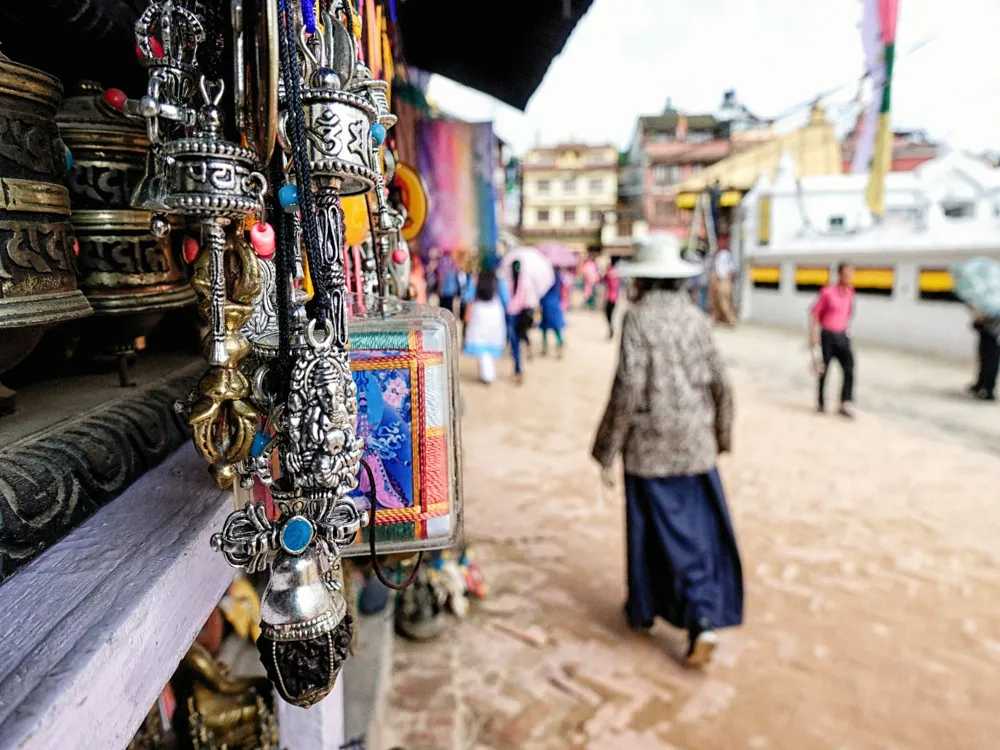
/asan-bazar-asan-tole-slider-1.webp)
